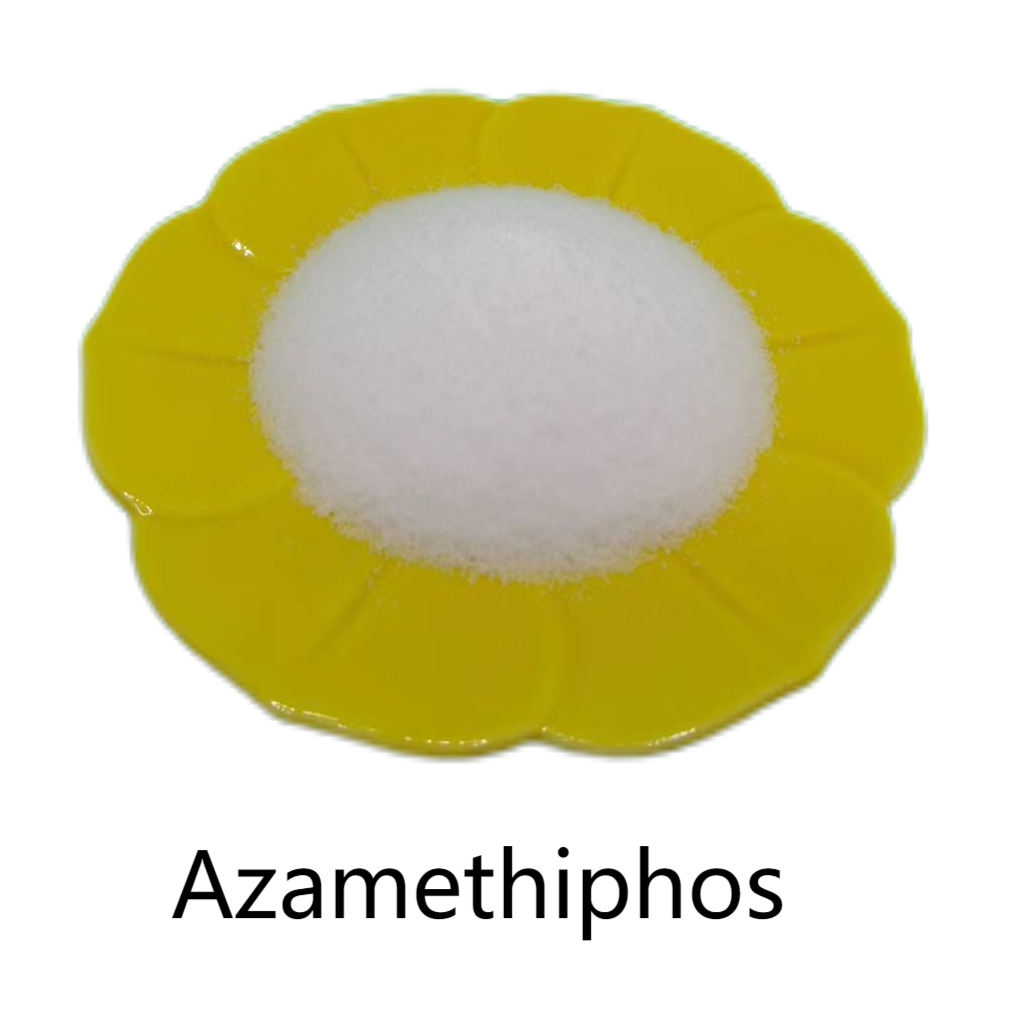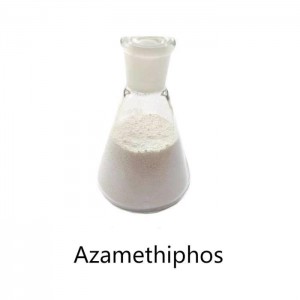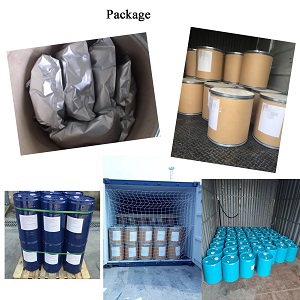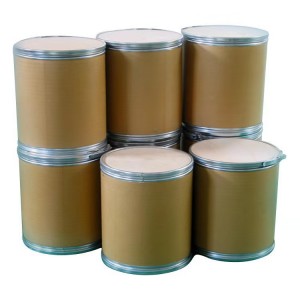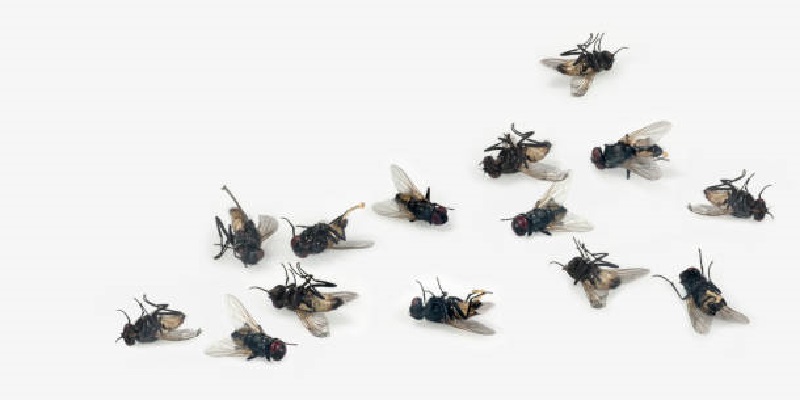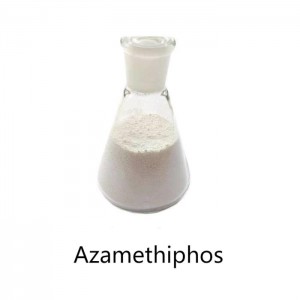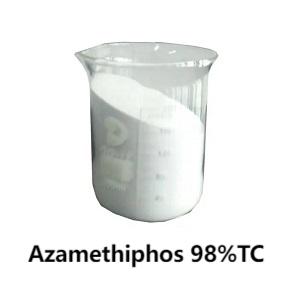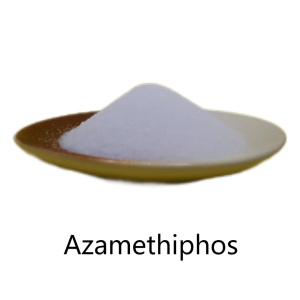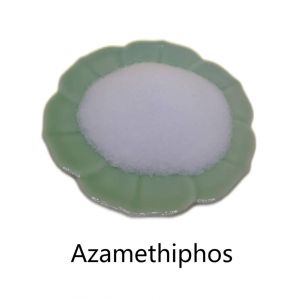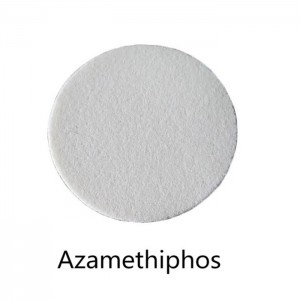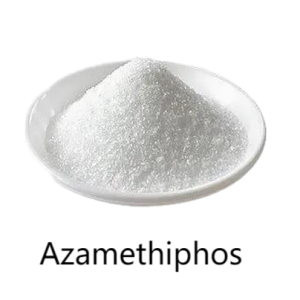Bulk Stock Azamethiphos with Best Price CAS 35575-96-3
Introduction
Azamethiphos is a highly effective and widely used insecticide that belongs to the organophosphate group. It is well-known for its excellent control over various troublesome pests. This chemical compound is widely used in both residential and commercial settings. Azamethiphos is highly effective in controlling and eliminating a wide range of insects and pests. This product is a valuable tool for pest control professionals and homeowners alike.
Applications
1. Residential Use: Azamethiphos is highly effective for residential pest control. It can be safely utilized in homes, apartments, and other residential buildings to combat common pests like flies, cockroaches, and mosquitoes. Its residual properties ensure prolonged control, reducing the chances of reinfestation.
2. Commercial Use: With its exceptional efficacy, Azamethiphos finds extensive use in commercial settings such as restaurants, food processing facilities, warehouses, and hotels. It effectively controls flies, beetles, and other pests, enhancing overall sanitation and maintaining a safe environment.
3. Agricultural Use: Azamethiphos is also widely used in agriculture for pest control purposes. It helps protect crops and livestock from pests, ensuring healthy yields and safeguarding animal health. Farmers can use this product for effective control over flies, beetles, and other pests that can damage crops or affect livestock.
Using Methods
1. Dilution and Mixing: Azamethiphos is typically supplied as a liquid concentrate that needs to be diluted before application. Follow the manufacturer’s instructions to determine the appropriate dilution rate for the target pest and the area being treated.
2. Application Techniques: Depending on the situation, Azamethiphos can be applied using handheld sprayers, fogging equipment, or other suitable application methods. Ensure thorough coverage of the target area for optimal control.
3. Safety Precautions: As with any chemical product, it is essential to wear appropriate protective gear, such as gloves and goggles, when handling or applying Azamethiphos. Avoid contact with skin, eyes, or clothing. Store the product in a cool, dry place, away from children and pets.
4. Recommended Usage: It is important to follow the recommended usage guidelines provided by the manufacturer. Avoid excessive application and use only as needed to maintain effective control over pests without unnecessary exposure.
Fuction
It is a kind of organophosphorus insecticide, white or white crystalline powder, smelly, slightly soluble in water, easily soluble in methanol, dichloromethane and other organic solvents. Used to kill bloodsucking insects such as flies in livestock and poultry houses. This product preparation is added with an exogenous fly attractant, which has a trapping effect on flies, and can be used for spray or coating.
This product is a new type of organophosphorus insecticide with low toxicity. Mainly stomach poison, both touch and kill flies, cockroaches, ants and some insect adults. Because the adults of these insects have a habit of licking continuously, drugs that work through stomach poison are more effective. If combined with the inducer, can increase the ability to attract flies 2-3 times. According to the specified concentration of one-time spray, fly reduction rate can reach 84% ~ 97%. Methylpyridinium also has the characteristics of long residual period. It is painted on cardboard, hung in the room or affixed to the wall, the residual effect of up to 10 to 12 weeks, sprayed on the wall ceiling residual effect of up to 6 to 8 weeks.
Almost all of zolidion is absorbed by animals after ingestion. After 12 hours of internal administration, 76% of the drug was excreted in urine, 5% in feces, and 0.5% in milk. The residue in tissue was low, 0.022mg/kg in muscle and 0.14 ~ 0.4mg/kg in kidney. The hens were given 5mg/kg medicated feed and the residual amount after 22 hours was 0.1mg/kg for blood and 0.6mg/kg for kidneys. It can be seen that the drug remains very little in meat, fat and eggs, and there is no need to stipulate the withdrawal period. In addition to adult flies, this product also has a good killing effect on cockroaches, ants, fleas, bedbugs, etc. It is mainly used to kill adult flies in stalls, chicken houses, etc. It is also used to kill flies and cockroaches in living rooms, restaurants, food factories and other places.
The acute transoral LD50 of the toxic rats was 1180mg/kg, and the acute transcutaneous LD50 of the rats was >2150mg/kg. Mild irritation to rabbit eyes, no irritation to skin. The 90 day feeding test showed that the dose of no effect was 20mg/kg of feed in rats and 10mg/kg in dogs (0.3mg/kg per day). LC50 of rainbow trout was 0.2mg/L, LC50 of common carp was 6.0mg/kg, LC50 of green gill was 8.0mg/L (all 96h), which was low toxic to birds and toxic to bees.




